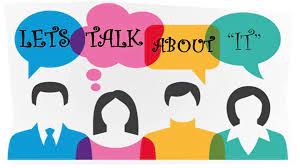How long does it take to become a coder?

Programming plays a part in almost every aspect of modern human life from online transactions and running the transport systems to powering our computers and smart phones. Coders stand as the architects of our digital worlds, and imagining a life without programmers is almost impossible.
A lot of people today wish to learn to code. Some wish to pivot their careers toward programming roles, while others look to augment their existing skill-set or professional lives with some software special sauce. For example, a stock analyst may want to learn how to code to write algorithms to analyse markets while a marketing professional could have different motivations to want to learn to code, and an artist may choose to code to be able to build a website for their portfolio. There are many more people who wish to learn to code, and with the zillion possibilities the world of programming has to offer, the ability to code is a superpower to posses. But people wonder how long it takes to become a coder. It doesn't necessitate years of preparation. There are a few good things to have in check before one starts preparing to code.
- Figure out your ‘why’. Why is it that you wish to code? Are you doing it to improve your problem solving skills? Or is it to learn to build a website? Or do you want to learn to build games?
- Find a mentor/guide or a course that holds the potential to answer your questions, and guide you through the process of learning by providing resources and direction. It's easy to get overwhelmed with the overload of information on the internet.
- Familiarize yourself with follow the What’s and the How of what you wish to leans Before diving deep into a specific topic, it’s a good idea to test the waters. For example, if you wish to leans how to build a website, you can get started with HTML CSS, and then go on to learn Javascript, or Python, or PHP the depending on your choice or your requirements. If you want to build a game, you can learn Unity, or work on Unreal Engine, or Autodesk C or other software. If you're excited about the world of robotics, you can use Arduino boards or Raspberry Pi.
With a robust plan followed up with an expert's guidance, the process of learning to code could take just a few months. One can keep adding layers of learning to improvise, and eventually become an expert. Gone are the days when one needed an engineering or a technical degree to pursue their interest in learning to code. With the plethora of resources available, even a non-technical person with the desire and mindset to learn can ace programming.
Picture Credit : Google

